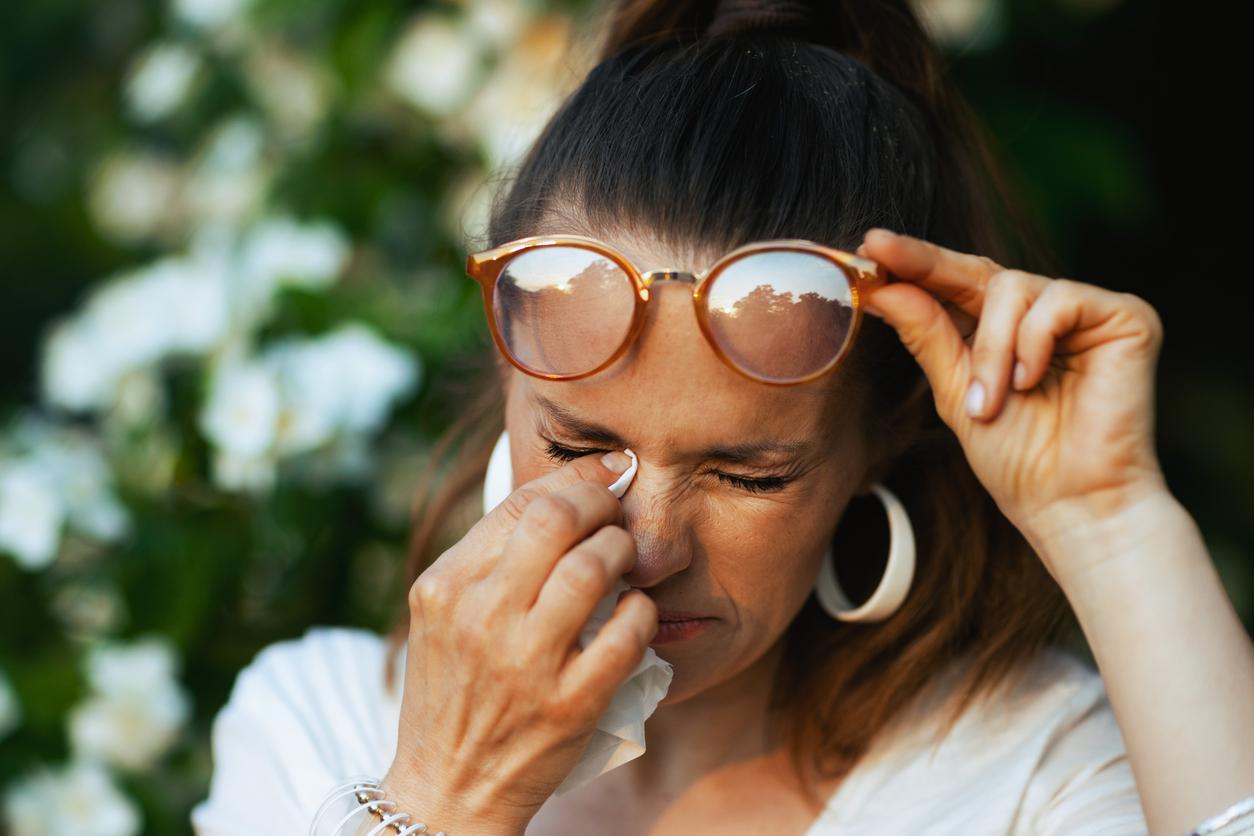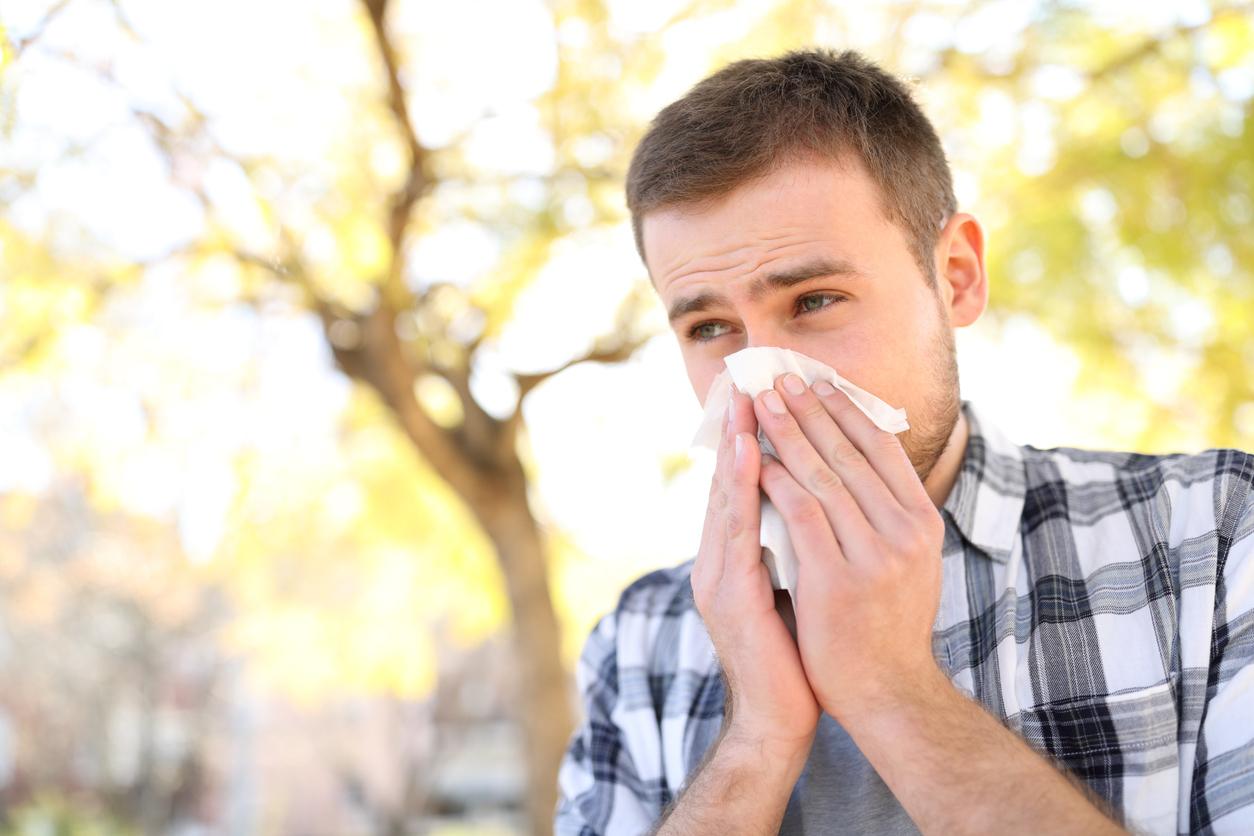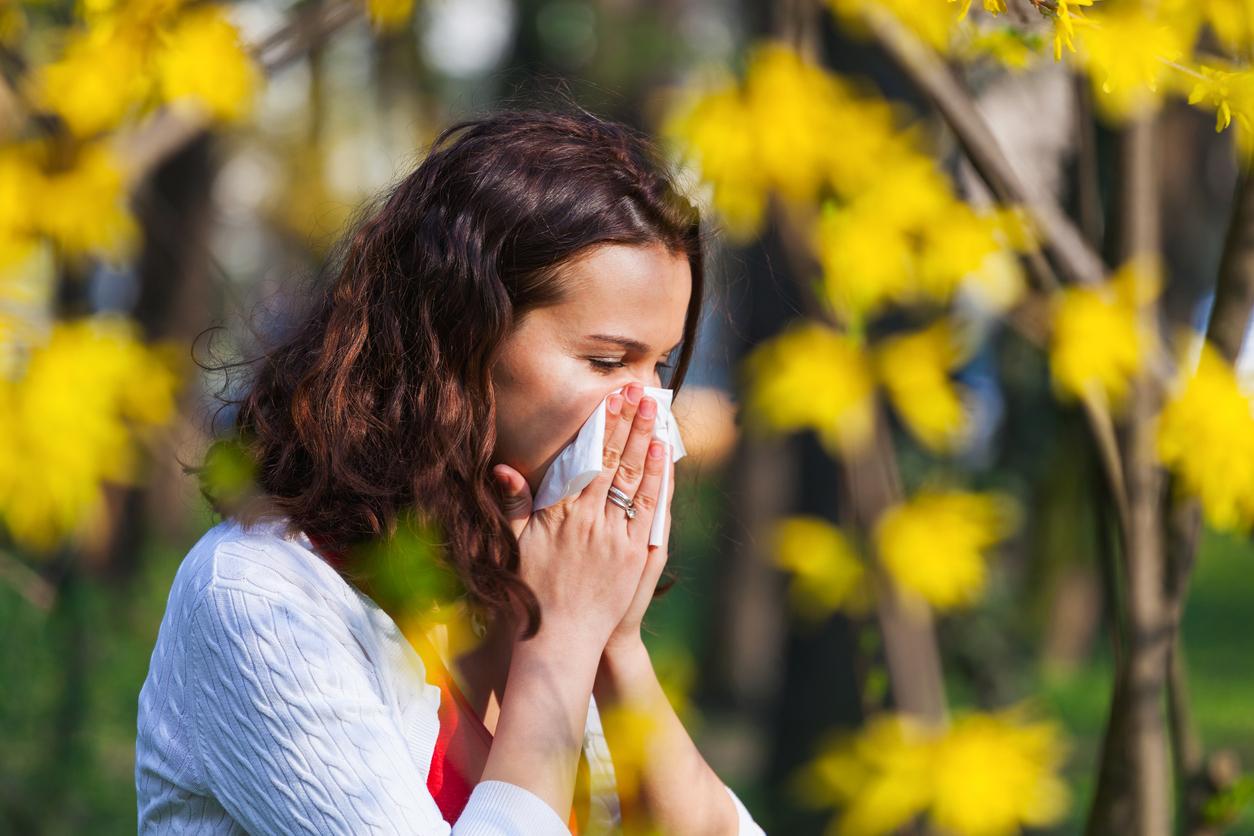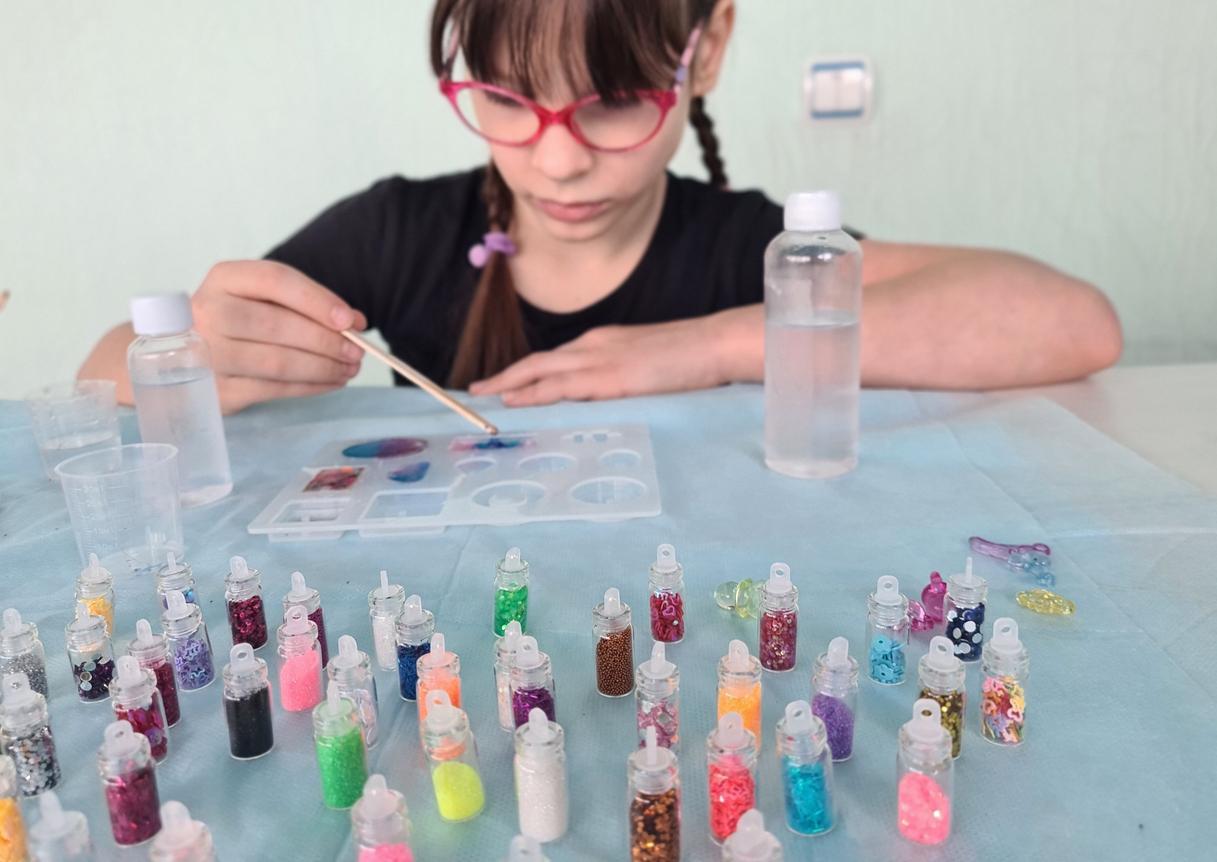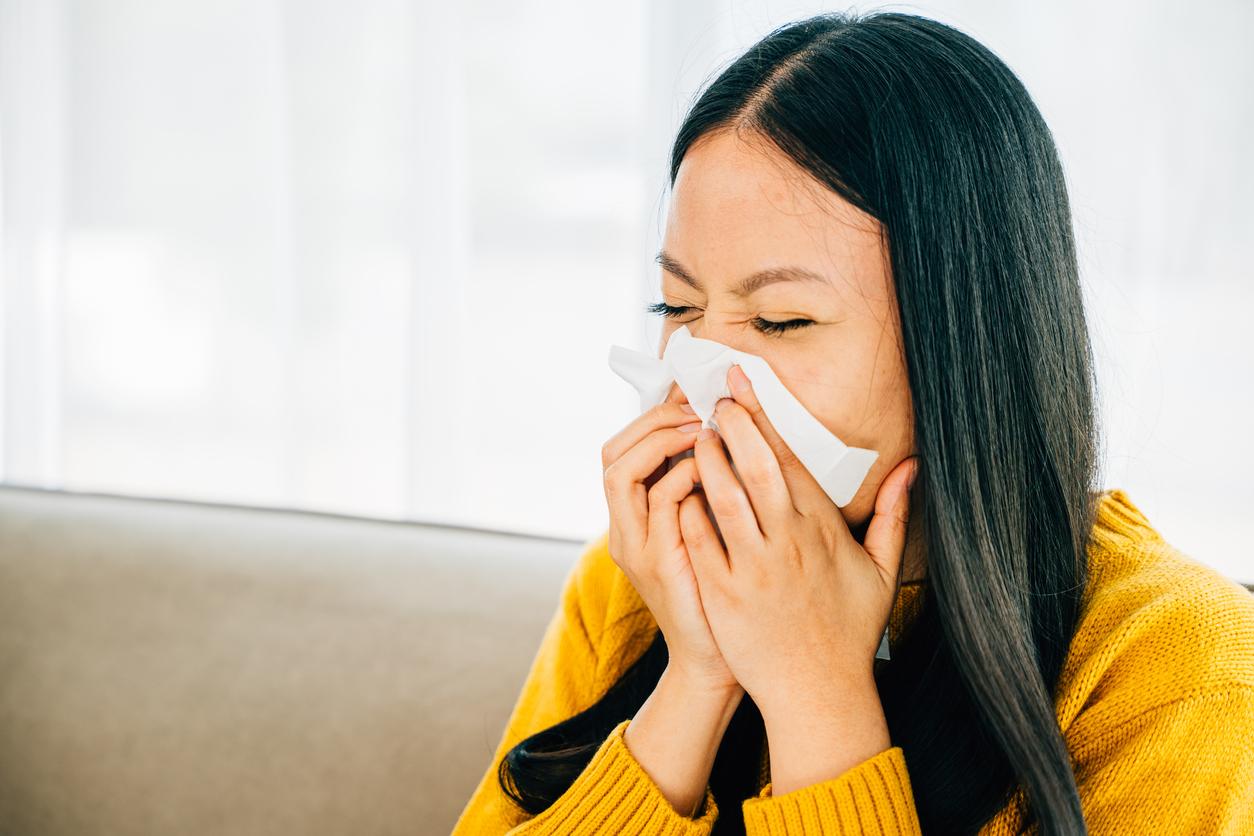It’s autumn and with it, the proliferation of dust mites, responsible for respiratory allergies. We take stock of the symptoms, treatments and give you advice on how to get rid of these microscopic animals that live in our homes.
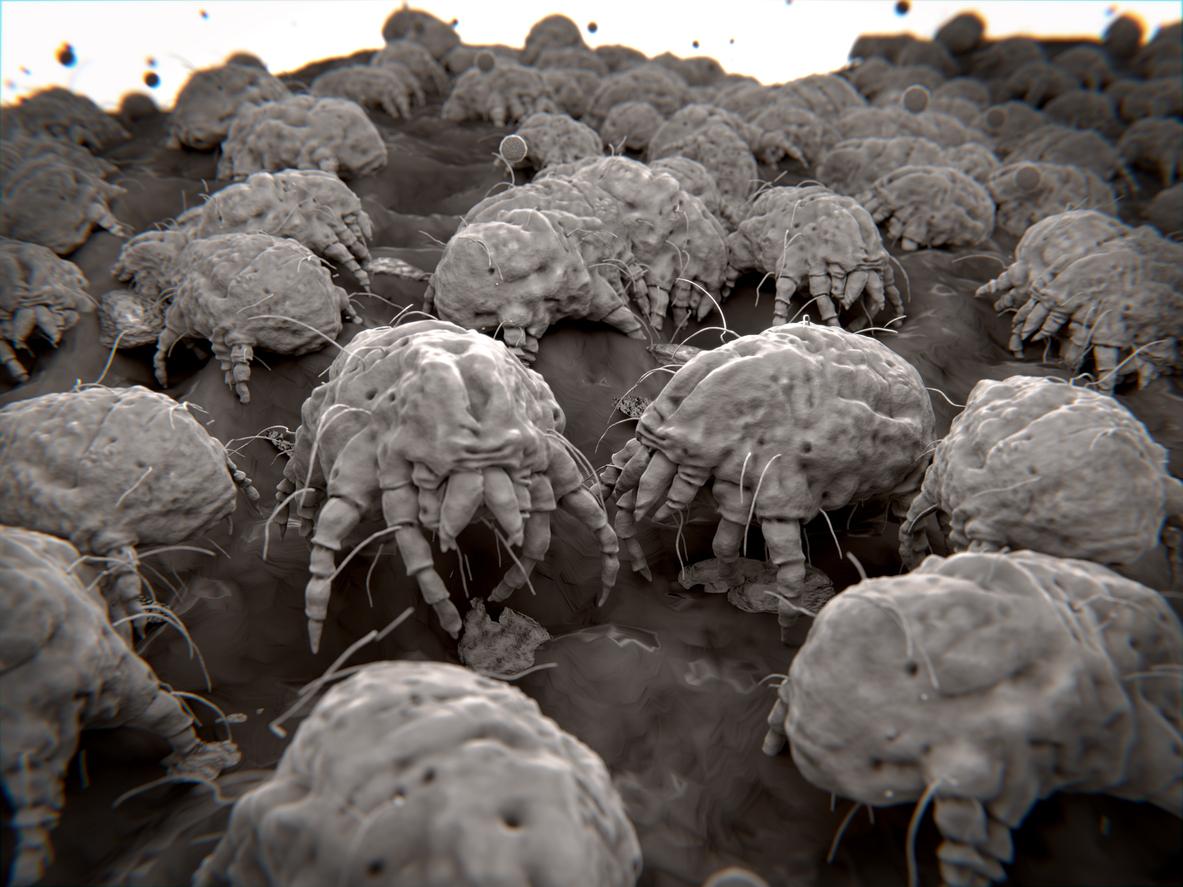
- Mites return to our homes in autumn because the weather is more humid, houses are less ventilated and the heating is turned back on.
- Dust mites are responsible for 40% of respiratory allergies, it is the second source of allergy after pollen.
- There are treatments for these allergies and even if we cannot completely get rid of dust mites, we can reduce their number with simple actions.
During the fall, many allergy sufferers face a common problem: dust mites. These small microscopic creatures multiply in homes and cause respiratory allergies in many people. During the fall season, mites are more present due to humid weather, less ventilation and heat inside homes. Mites reproduce very quickly, approximately 300 eggs per monthand live two to three months, their number therefore multiplies very quickly.
What are the symptoms of respiratory allergies?
Dust mites are the cause of 40% of respiratory allergies, the second source after pollen. They are responsible for the majority of asthma in children, from 65 to 90% depending on the country. Symptoms of dust mite allergies can vary from person to person, but the most common include frequent sneezing, stuffy or runny nose, itchy eyes, coughing, general fatigue and even lung function problems. These symptoms can be particularly bothersome during the fall season when the concentration of mites is higher.
A study found that only 15% of people with symptoms of dust mite allergies were diagnosed. It is important to recognize these symptoms and consult a doctor or allergist for further investigation. tests and obtain appropriate diagnosis and treatment.
There are treatments for dust mite allergies
Fortunately, there are effective treatments to relieve the symptoms of dust mite allergies. Antihistamines reduce allergic reactions and corticosteroids may be prescribed for more severe cases.
A desensitization treatment can be considered, it is the most effective in the long term. Allergen immunotherapy helps rebalance the immune system and therefore the benefits continue after treatment stops.
How to get rid of mites?
To reduce the presence of dust mites in your home, it is important to take a few simple steps. Ventilate regularly to renew the air and limit humidity, as mites develop more easily in a humid environment. Open your windows twice for fifteen minutes a day, and especially after activities that produce humidity (bathing, showering, laundry, cooking food).
Avoid heating rooms above 19 degrees and regularly wash sheets but also blankets, duvets and pillows, every three months, at high temperature to kill dust mites. Also wash stuffed animals and comforters and place them in a closed bag or in the freezer for 24 hours to prevent the proliferation of mites. Vacuum rugs, carpets and upholstered furniture regularly. Avoid rugs, carpets and cluttered furniture which can accumulate dust and encourage the multiplication of dust mites. Finally, keep pets out of the bedroom, as they can carry mites in their fur.
It is also recommended to maintain good household hygiene by cleaning regularly and using anti-mite covers on mattresses and pillows. Air purifiers can also be helpful in filtering the air and reducing the presence of dust mites.
By following these simple tips, you can reduce the symptoms of dust mite allergies and enjoy the fall season without being bothered by these unwanted little critters.










